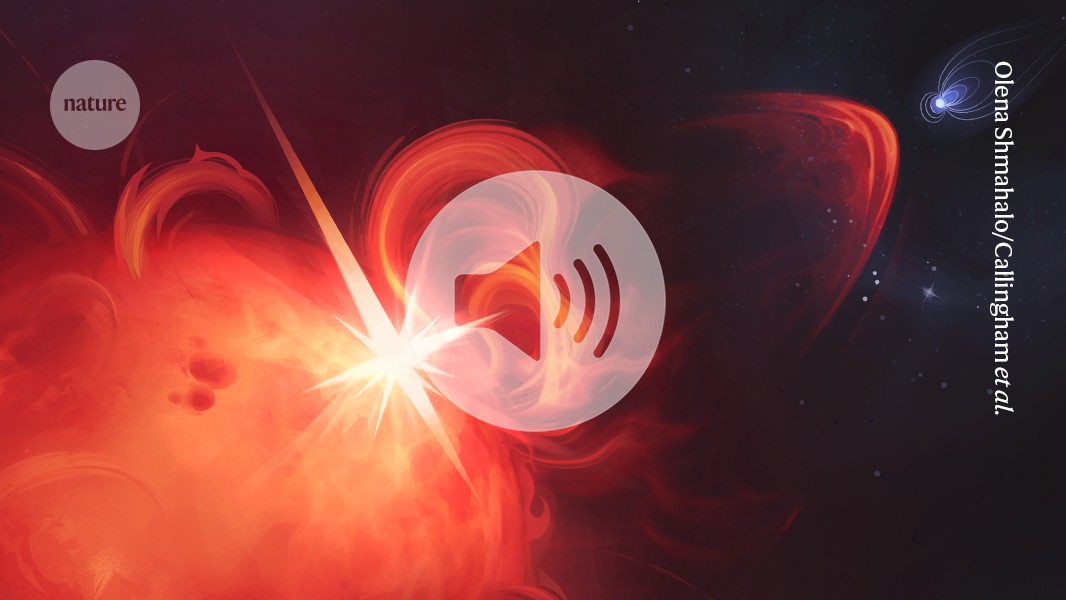
"Researchers have detected what they say is the strongest evidence yet of a coronal mass ejection (CME) coming from a star other than our Sun. CMEs are massive bursts of fast-moving plasma that can be detected thanks to the characteristic radio signal they produce. However, despite decades of searching, these signals have only been identified from the Sun. Now a team has identified a similar signal coming from a distant star in the Milky Way."
"Attention-deficit/hyperactivity disorder (ADHD) is a condition that affects around 1 in 20 young people but its underlying causes are not fully understood. Now a team of researchers show that three rare genetic variants are implicated in an increased risk of ADHD, which might play a role in the neurons involved in dopamine signalling. Although this work provides a better understanding of the complex genetics at play, the authors caution more research is needed to unpick the complex interplay of other factors involved in ADHD."
Researchers have detected the strongest evidence yet of a coronal mass ejection from a star other than the Sun, identified through a characteristic radio signal. CMEs are massive bursts of fast-moving plasma, and a stellar detection could improve understanding of how such events alter exoplanet atmospheres and affect habitability. Research highlights include video showing a dramatic ground rupture during a devastating earthquake and observations of a flock of comets beyond the Solar System. Genetic analyses link three rare variants to increased ADHD risk and implicate neurons involved in dopamine signalling, though further research is required to clarify interactions. A digital map charts Roman roads; bilingualism may slow brain ageing.
#coronal-mass-ejection #exoplanet-atmospheres #adhd-genetics #earthquake-ground-rupture #roman-roads-mapping
Read at Nature
Unable to calculate read time
Collection
[
|
...
]